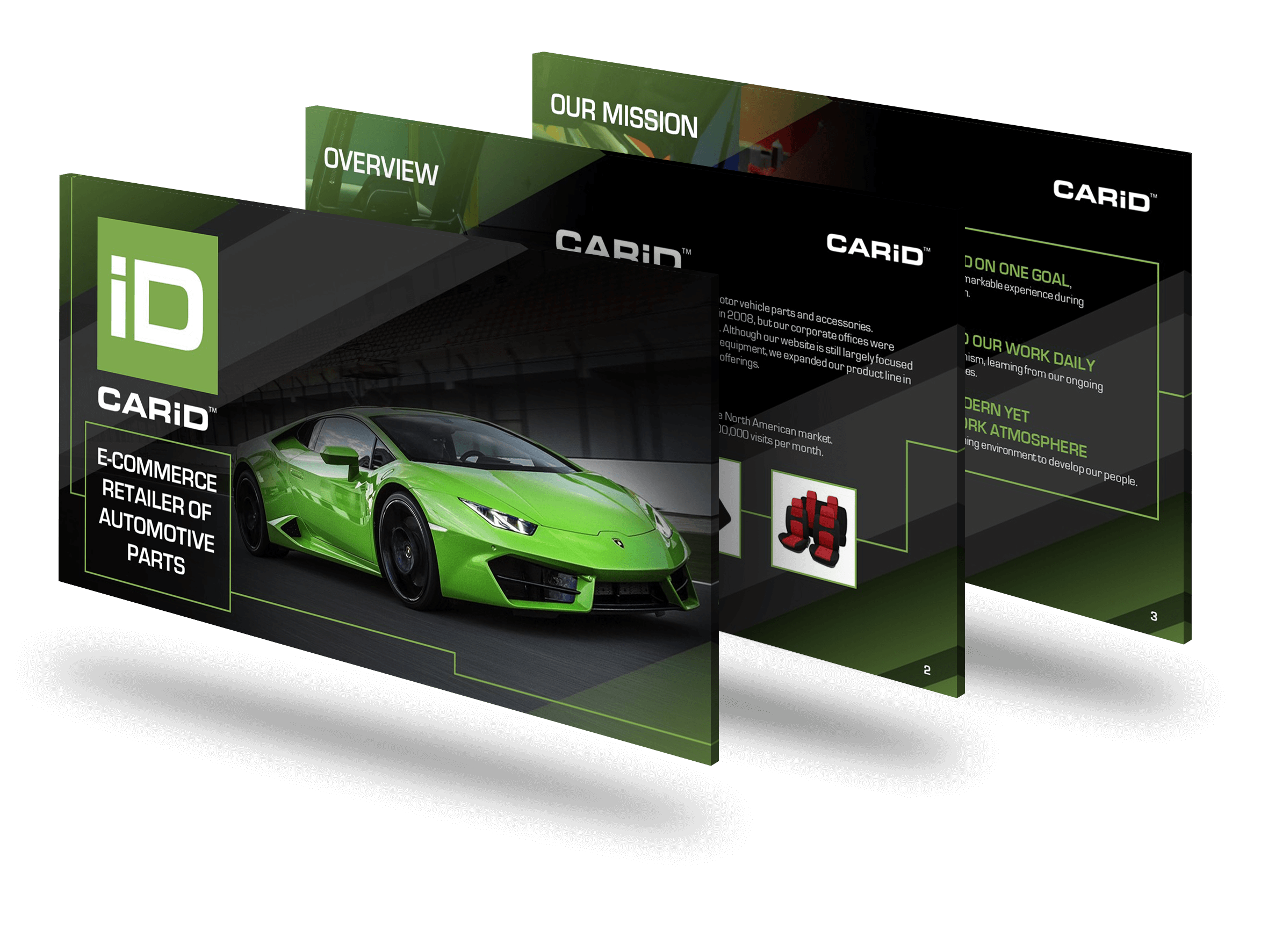What are the key elements to include in a slide deck for a seminar presentation?
When preparing a slide deck for a seminar presentation, it’s essential to focus on several key elements to ensure your message is clear, engaging, and impactful. Here are the critical components to include:
- Title Slide: Start with a strong title slide that includes the seminar title, your name, and any relevant affiliations. This sets the stage and provides context for your audience.
- Agenda: Outline the main points or sections of your presentation. This helps your audience understand the structure and flow of your talk.
- Introduction: Provide a brief introduction that captures attention and introduces the topic. Highlight the importance of the subject and what the audience will gain from your presentation.
- Main Content: Break down your main points into clear, digestible sections. Use bullet points, concise text, and relevant visuals to support your message. Each slide should focus on a single idea to avoid overwhelming your audience.
- Visuals: Incorporate high-quality images, graphs, charts, and infographics to illustrate your points. Visuals can make complex information more accessible and engaging.
- Data and Evidence: Support your arguments with data and evidence. Use charts, graphs, and statistics to back up your claims, but ensure they are easy to read and interpret.
- Examples and Case Studies: Provide real-world examples or case studies to make your content relatable and practical. This helps to illustrate how your points apply in real scenarios.
- Transitions: Use smooth transitions between slides and sections to maintain a logical flow. This helps keep your audience engaged and following along with your narrative.
- Conclusion: Summarize the key takeaways from your presentation. Reinforce the main points and provide a clear, concise conclusion that leaves a lasting impression.
- Call to Action: If applicable, include a call to action. This could be encouraging further research, suggesting practical applications, or inviting questions and discussions.
- Q&A Slide: Prepare a slide to prompt questions from the audience. This shows you are open to engagement and value their input.
- Contact Information: End with a slide that includes your contact information. This allows interested audience members to follow up with you after the seminar.
By focusing on these elements, you can create a slide deck that is not only informative but also engaging and memorable. A well-crafted presentation can significantly enhance the effectiveness of your seminar, ensuring your audience leaves with a clear understanding of your message.
View Our Presentation Portfolio
